A Detailed Guide To Starting Solids for your Baby: Choosing The Right Approach, Tools, And Hacks For A Smooth Transition

Starting solids is one of the most exciting milestones in your baby’s journey, but it can also be a bit overwhelming. With a plethora of information out there from multiple sources, it can be difficult to know where to start. That’s why we’ve gathered everything you need to know in one place! We’ve previously also covered various aspects of introducing solid foods in multiple blogs, but here, you’ll find ALL the essential information combined into a single, comprehensive guide.
Understanding Weaning Approaches:
Traditional vs. Baby-Led Weaning
When it comes to starting solids, parents often choose between two main weaning methods: traditional weaning and baby-led weaning (BLW).
Traditional Weaning: This approach involves spoon-feeding your baby purées, and gradually introducing mashed, chopped, and finger foods. It’s a great way to control what and how much your baby eats, allowing you to monitor nutrition and manage food allergies. It also gives you a chance to introduce a variety of flavors and textures slowly.
Baby-Led Weaning: BLW allows babies to feed themselves from the start, usually with soft, finger-friendly foods. It encourages independence, fine motor skills, and helps babies develop a healthy relationship with food. Although messier, it lets babies explore different textures and flavors at their own pace.
Many parents opt for a combination of both methods, allowing for flexibility and responding to their baby’s cues and preferences.
What Are The Essential Tools For Starting Solids?
Whether you choose traditional weaning, BLW, or a mix of both, having the right tools is key! It can make the process smoother and more enjoyable for both the baby and you! Here are some must-have items:
High Chairs: A sturdy, easy-to-clean high chair with adjustable settings is crucial. Consider options like the Beaba Up and Down High Chair or the versatile, all-time favorite Tripp Trapp Chair by Stokke.
Plates, Bowls, and Utensils: Look for child-friendly utensils designed for tiny hands, because they have a strong grip! Products like the Ezpz First Foods Set and the Beaba Silicone Meal Set are perfect for encouraging self-feeding and minimizing mess (remember, the mess is part of the fun of exploring food and textures)
Bibs: Silicone bibs that are easy to clean, like those from Beaba, can help keep mealtime messes under control and make cleanup easier.
Cups and Food Containers: Teaching your baby to drink from a cup is an essential part of feeding. The Ezpz Mini Cup + Straw Training System is a great option for little ones. Also, investing in quality food containers will help keep your baby’s food fresh, especially when you’re on the go.
Food Processors: If you’re preparing purées at home, a food processor like the Beaba Babycook is a valuable tool. It steams, blends, and reheats food, making meal prep quick and easy. This takes a lot of effort out of your hands, replacing it with more time for yourself and other activities with the baby
Hacks for a Smooth Transition to Solids
Transitioning to solid foods isn’t just about the right tools; it’s also about timing, patience, and creating a positive mealtime environment. Here are some hacks to help you and your baby navigate this new stage:
Start Slow: Introduce new foods gradually, offering one food at a time to monitor for potential allergies. This helps your baby get accustomed to new flavors and textures without being overwhelmed.
Patience is Key: Every baby is unique. Some might take to solids right away, while others may need more time. Let your baby explore at their own pace without rushing the process.
Choose the Right Time: Introduce solids when your baby is alert, in a good mood, and showing signs of readiness. Mealtime should be a positive experience, not rushed or forced.
Let your baby guide the process. If they turn their head, close their mouth, or push food away, it’s a sign they’re full or not interested. Respect their cues to build a positive relationship with food.
Start with Finger Foods: For babies ready to self-feed, start with soft, easy-to-hold foods like avocado, sweet potato, or steamed broccoli, carrots, etc. These foods are not only nutritious but also fun for babies to explore and eat on their own.
Encourage Independence: Let your baby take the lead in feeding. Whether they’re using their hands or utensils, encouraging self-feeding helps build confidence and motor skills. It’s messy, but it’s a crucial part of their learning and development.
Avoid Pressure: Never force-feed or bribe your baby to eat. This can create negative associations with food and mealtimes. Instead, offer a variety of foods and let them choose what and how much they want to eat.
Create a Safe Feeding Environment: Always supervise your baby during mealtime, especially when introducing new foods. Make sure they’re seated upright and avoid foods that pose a choking hazard. The various baby-led weaning tools are great assistance in keeping a safe environment
Combining Approaches for a Personalized Experience
At the end of the day, there’s no one-size-fits-all approach to starting solids. Many parents find success in combining elements of both traditional and baby-led weaning. The key is to stay flexible, pay attention to your baby’s cues, and enjoy the journey.
For more detailed tips and product recommendations, be sure to check out our blogs on baby self-feeding products, tips to encourage self-feeding, and the essentials needed for baby-led weaning. We’ve compiled everything here to make your transition into this exciting new stage as seamless as possible. Happy feeding!


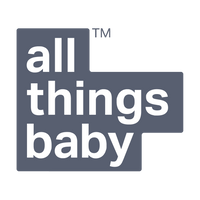
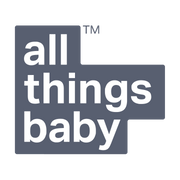

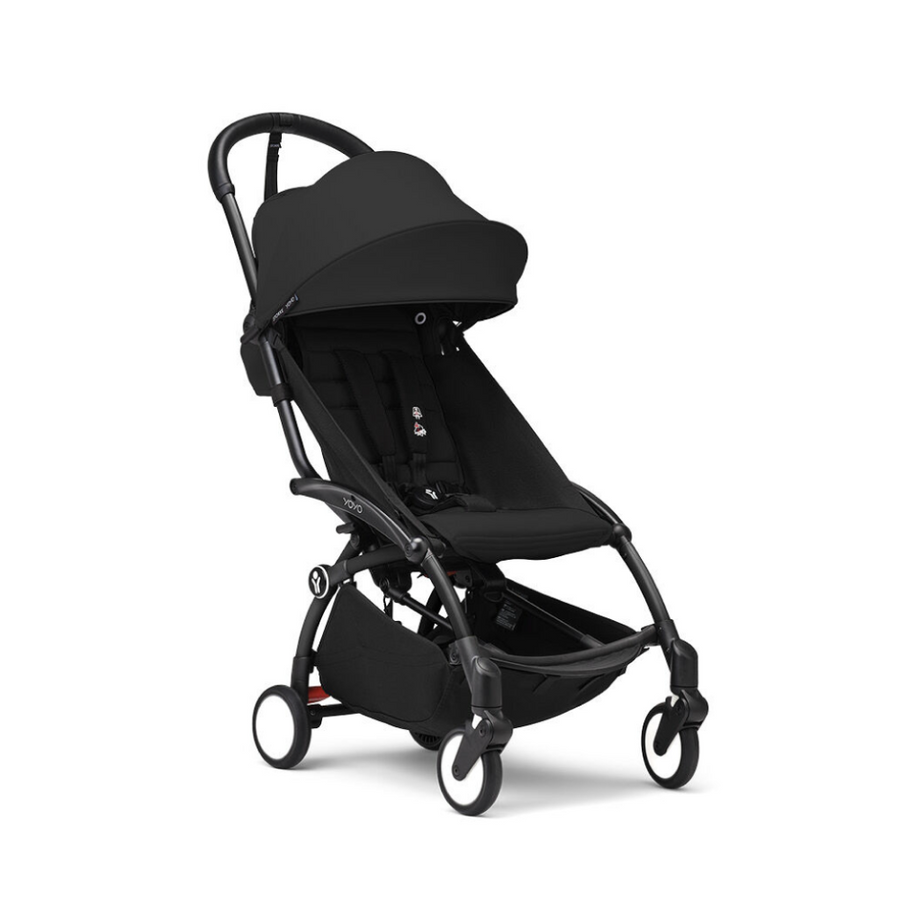
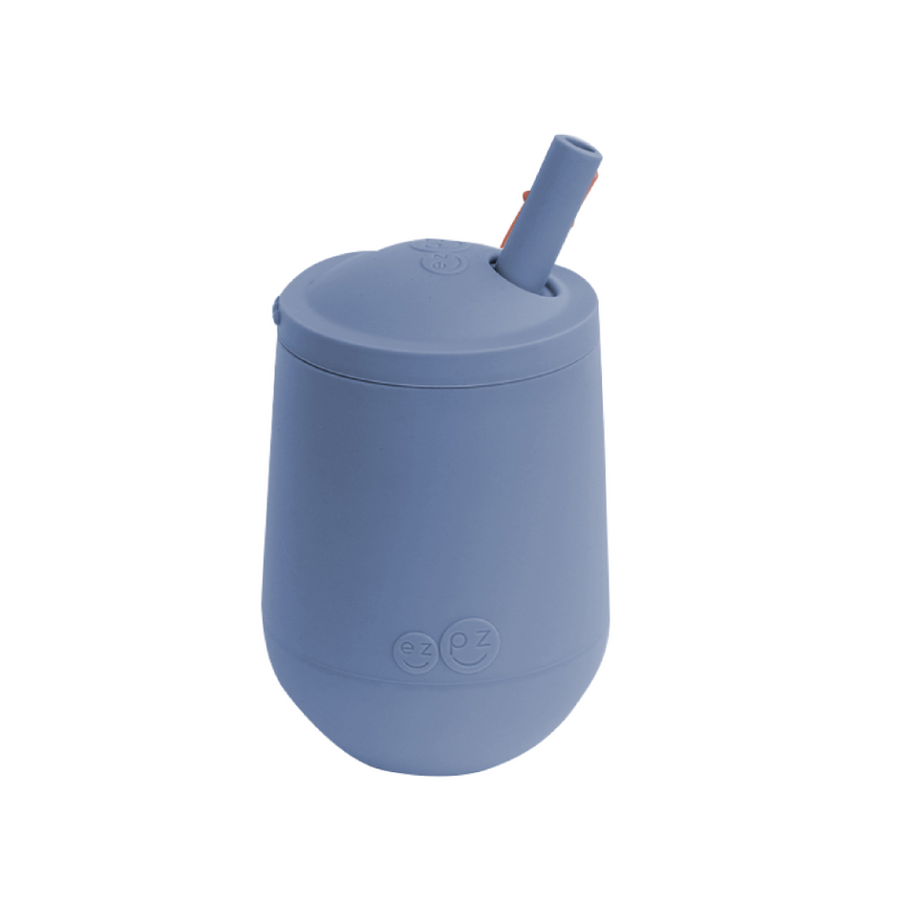
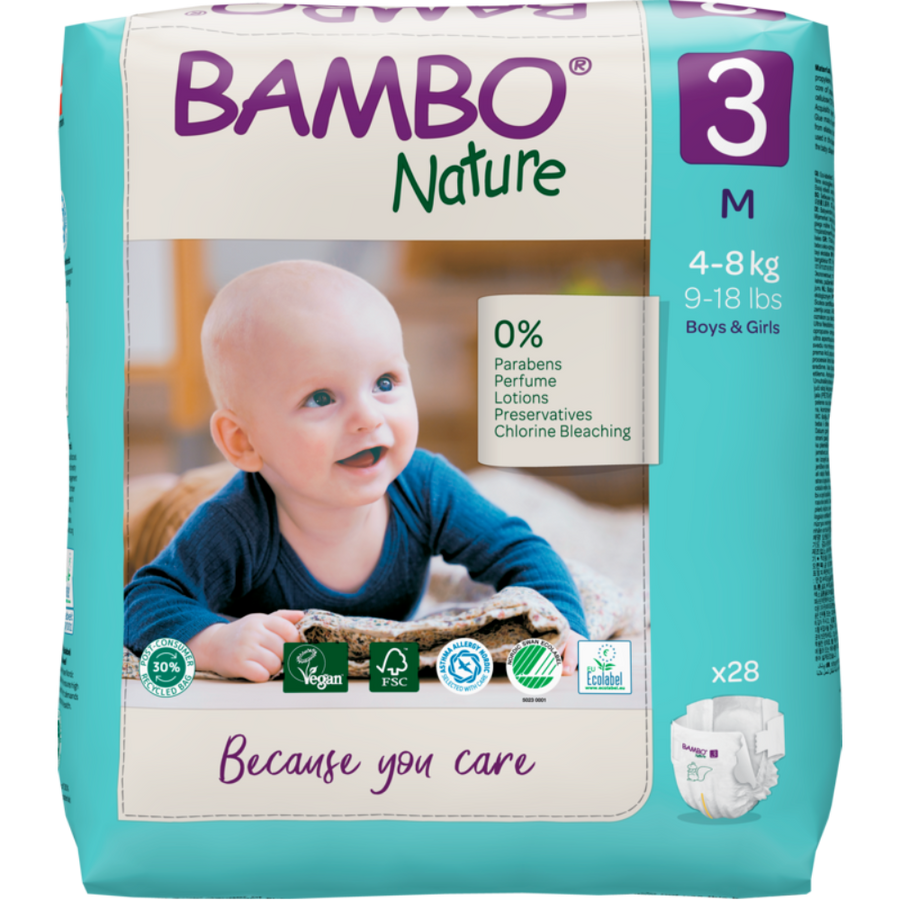
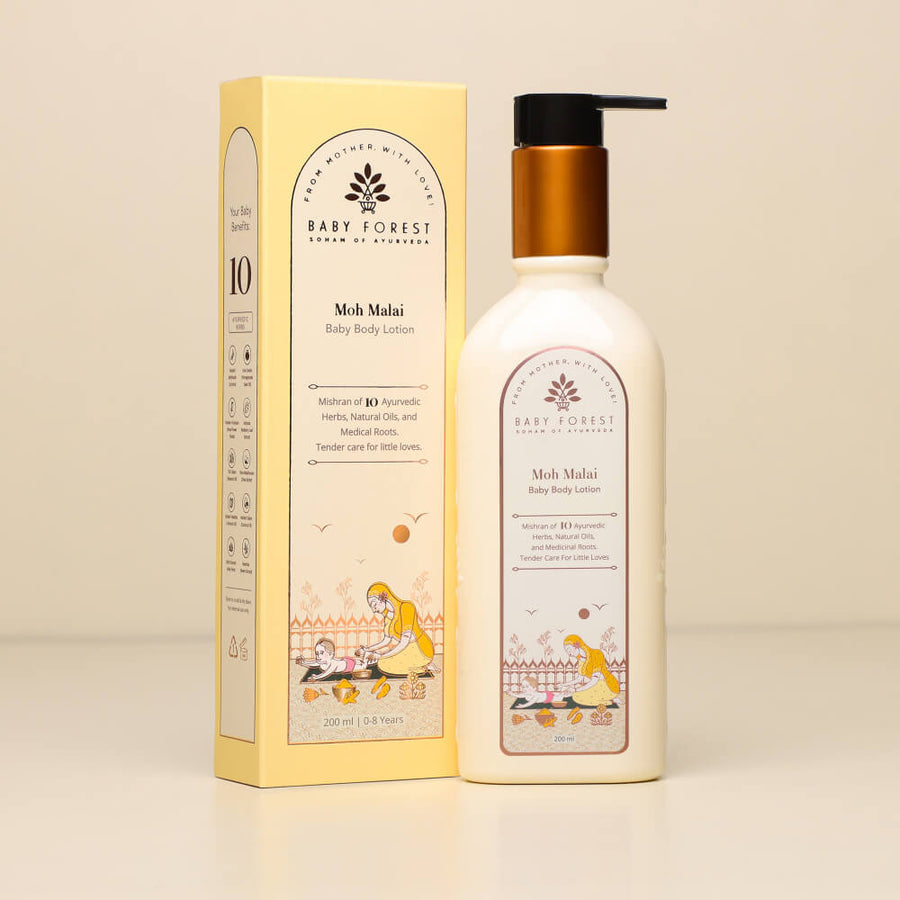
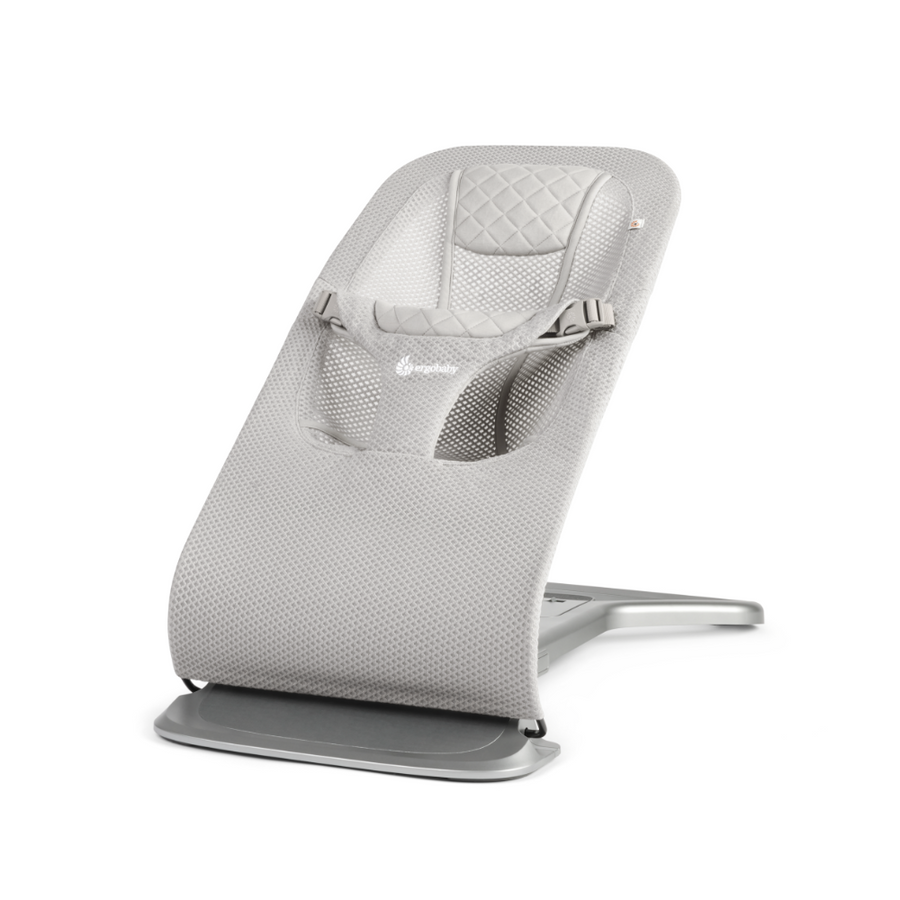
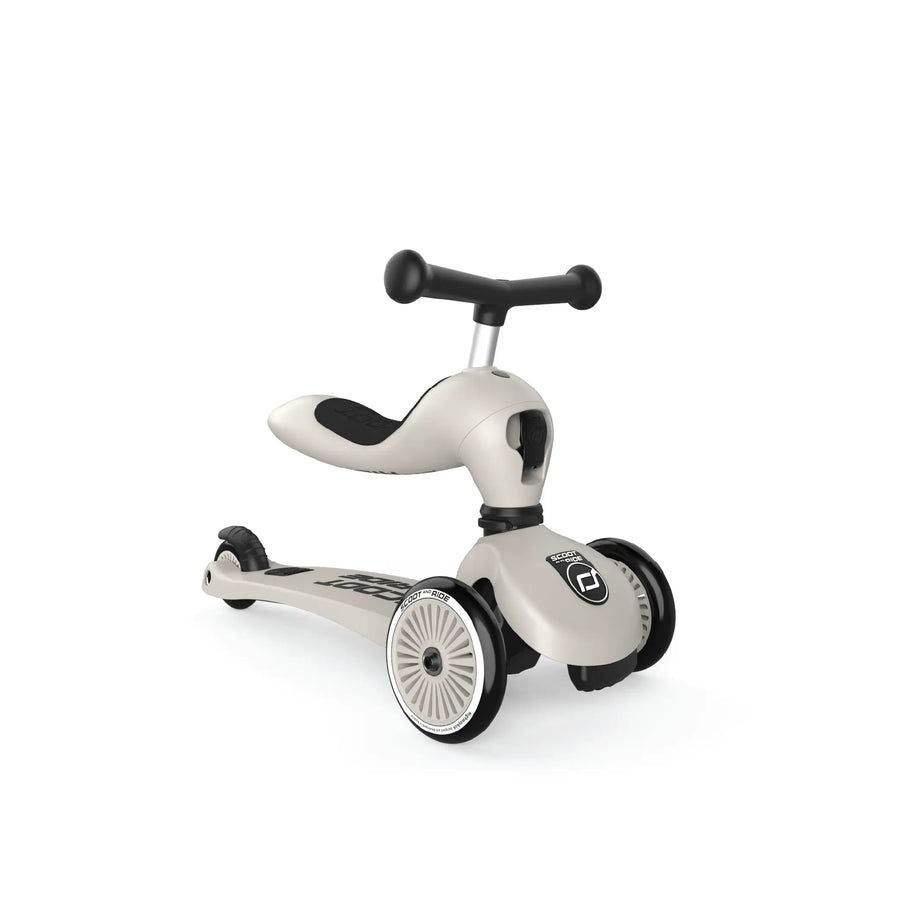
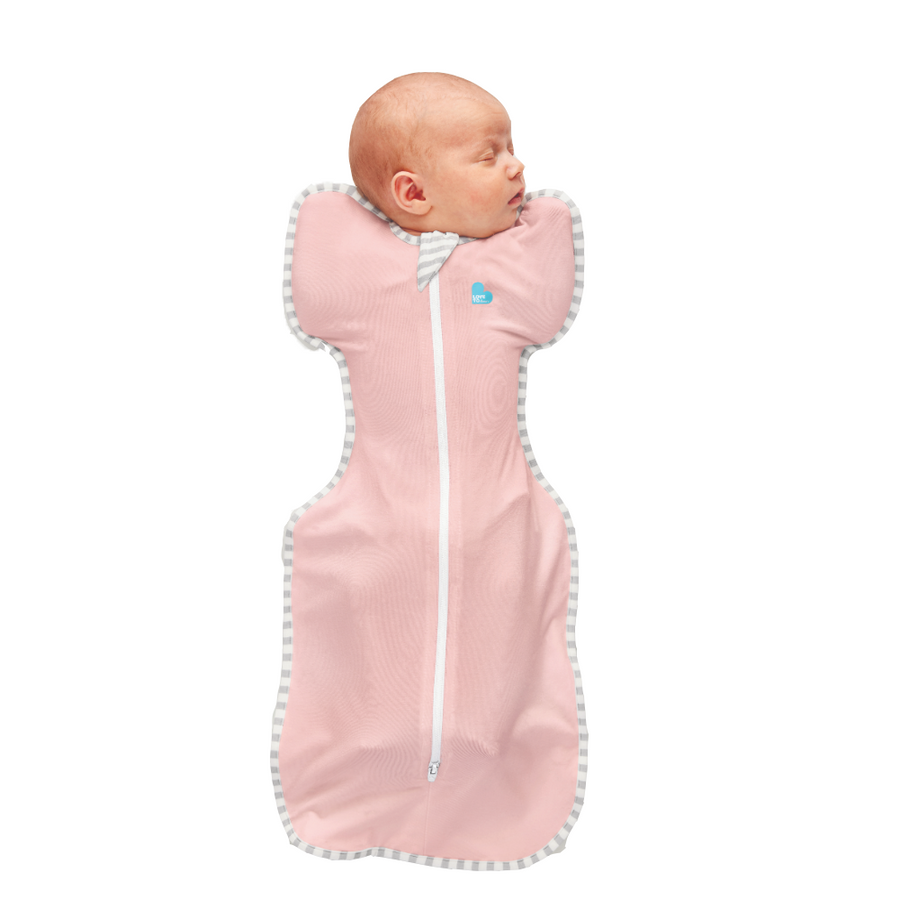
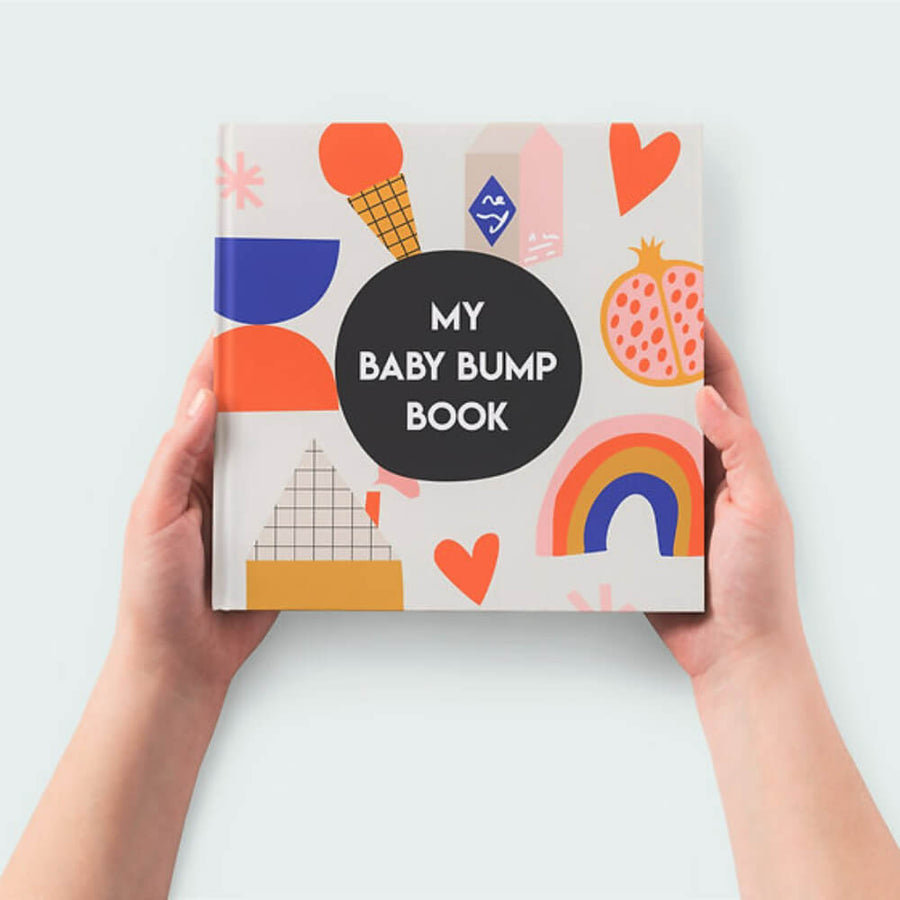
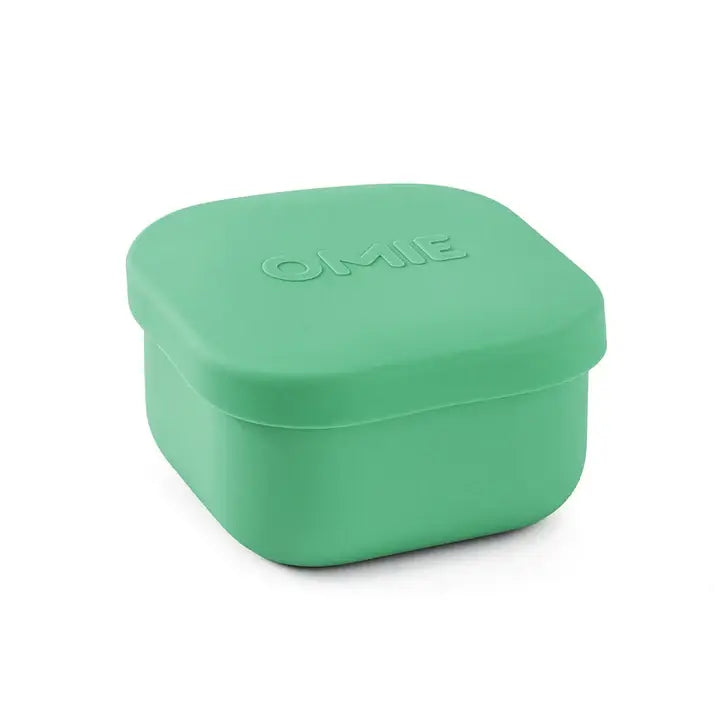
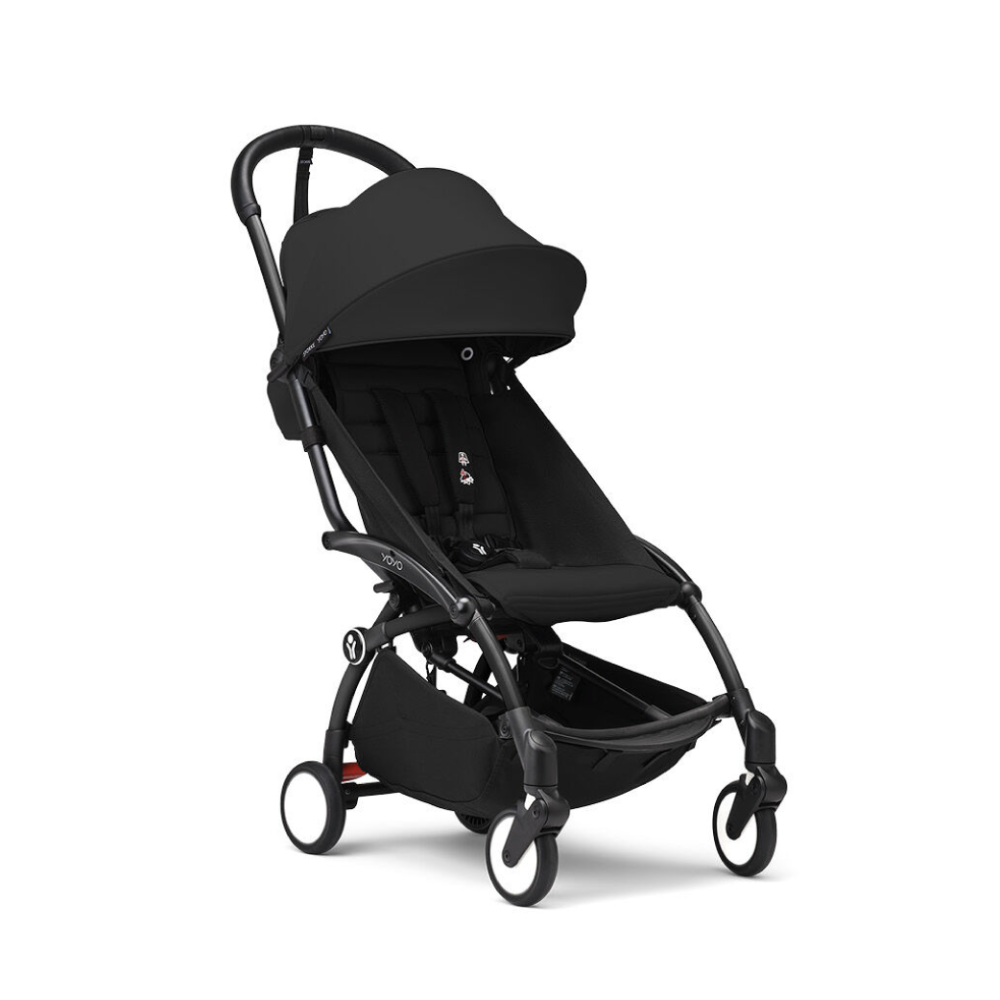






Leave a comment